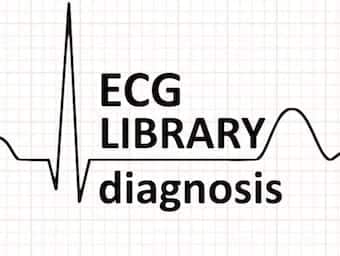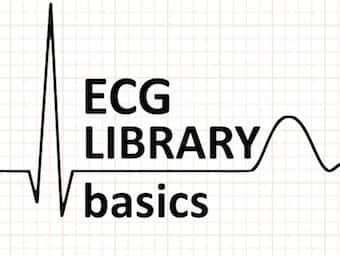
Fritz de Quervain
Fritz de Quervain (1868 – 1940) was an Swiss surgeon. He described the chronic tendonitis that bears his name (De Quervain disease)

Fritz de Quervain (1868 – 1940) was an Swiss surgeon. He described the chronic tendonitis that bears his name (De Quervain disease)

A review of the ECG features of Mobitz II 2nd degree AV block - Originally termed Hay block (1906) by Mobitz in 1924. ECG Library LITFL

A review of the basic ECG features, causes and pathophysiology of Mobitz I AV Block (Wenckebach Phenomenon) with some example ECGs.

Atrial tachycardia is a form of supraventricular tachycardia, originating within the atria but outside of the sinus node

Review of the atrial ectopics and premature atrial contractions (PACs) with ectopic pacemaking tissue within the atria

A review of the ECG features of arrhythmogenic right ventricular cardiomyopathy (ARVC) AKA: arrhythmogenic right ventricular dysplasia (ARVD)

Anterior STEMI usually results from occlusion of the left anterior descending (LAD) artery and carries the poorest prognosis of all infarct territories

AJR occurs when the rate of an AV junctional pacemaker exceeds that of the sinus node. Seen in digoxin toxicity and myocarditis

AIVR -- benign rhythm that occurs when rate of an ectopic ventricular pacemaker exceeds sinus node. Often seen in reperfusion phase following anterior STEMI

EKG differential diagnosis. Differentials based on specific ECG findings. Book: ECGs for the Emergency Physician 1 and 2; LITFL ECG Library

Assessment, interpretation of ECG Conduction Blocks including first-degree, second-degree, third-degree, fascicular blocks - ECG Library

Biatrial enlargement is diagnosed when criteria for both right and left atrial enlargement are present on the same ECG - EKG Library LITFL